There can be several reasons why your new kitty isn’t using the cat litter box. These may include –
- Anxiety due to a new environment
- Lack of familiarity with the concept of using a litter box
- Dislike towards the smell of the litter
- Inability to climb into the litter box
- The location of the litter box
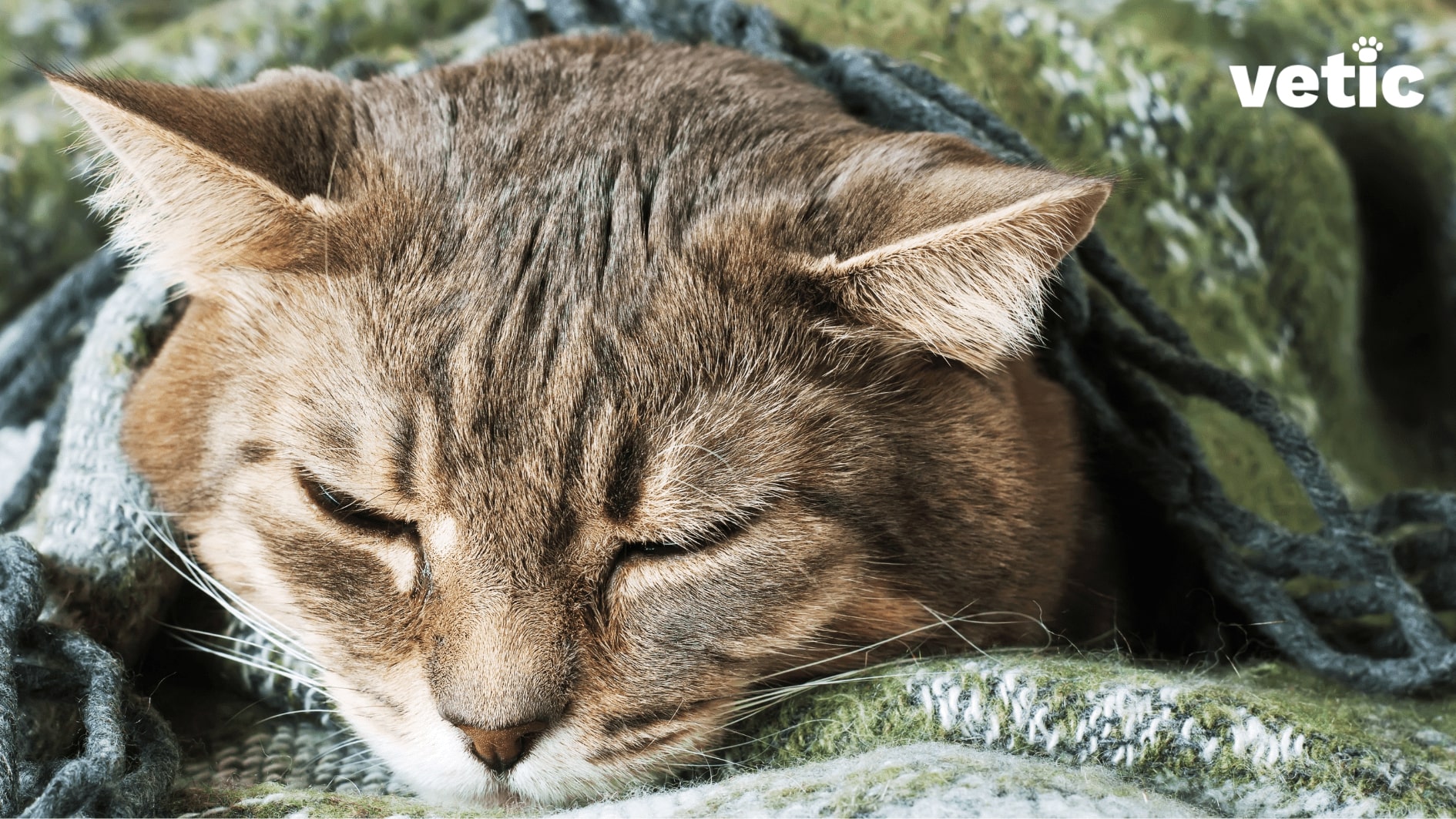
Here are the 12 most frequently asked questions most concerned cat parents ask us about kitty litter box habits.
- How frequently should I clean the litter box?
- What is the right choice of litter for my cat?
- How do I choose the right litter box for my cat?
- Where do I place the litter box?
- How can I train a new kitten to use the litter box?
- Why is my cat not using the litter box?
- Why is my cat peeing/pooping outside the litter box?
- Why is my cat mewing loudly before using the litter box?
- Why is my cat going to the litter box and scratching but not peeing?
- How do I manage the litter box in a multi-cat household?
- Can my cat get UTI from using a litter box?
- My cat/kitten keeps peeing on the bed or sofa. How do I clean cat pee?
Here are the answers to all of these questions from the expert veterinarians at Vetic.
How frequently should I clean the cat litter box?
We clean our bathrooms frequently. We flush every time we use the loo. So why subject your cat to peeing and pooping on an accumulating pile of the same? Cats are clean by nature and they do not like to use dirty litter boxes. You need to clean the clumped litter from the litter box at least two times a day.
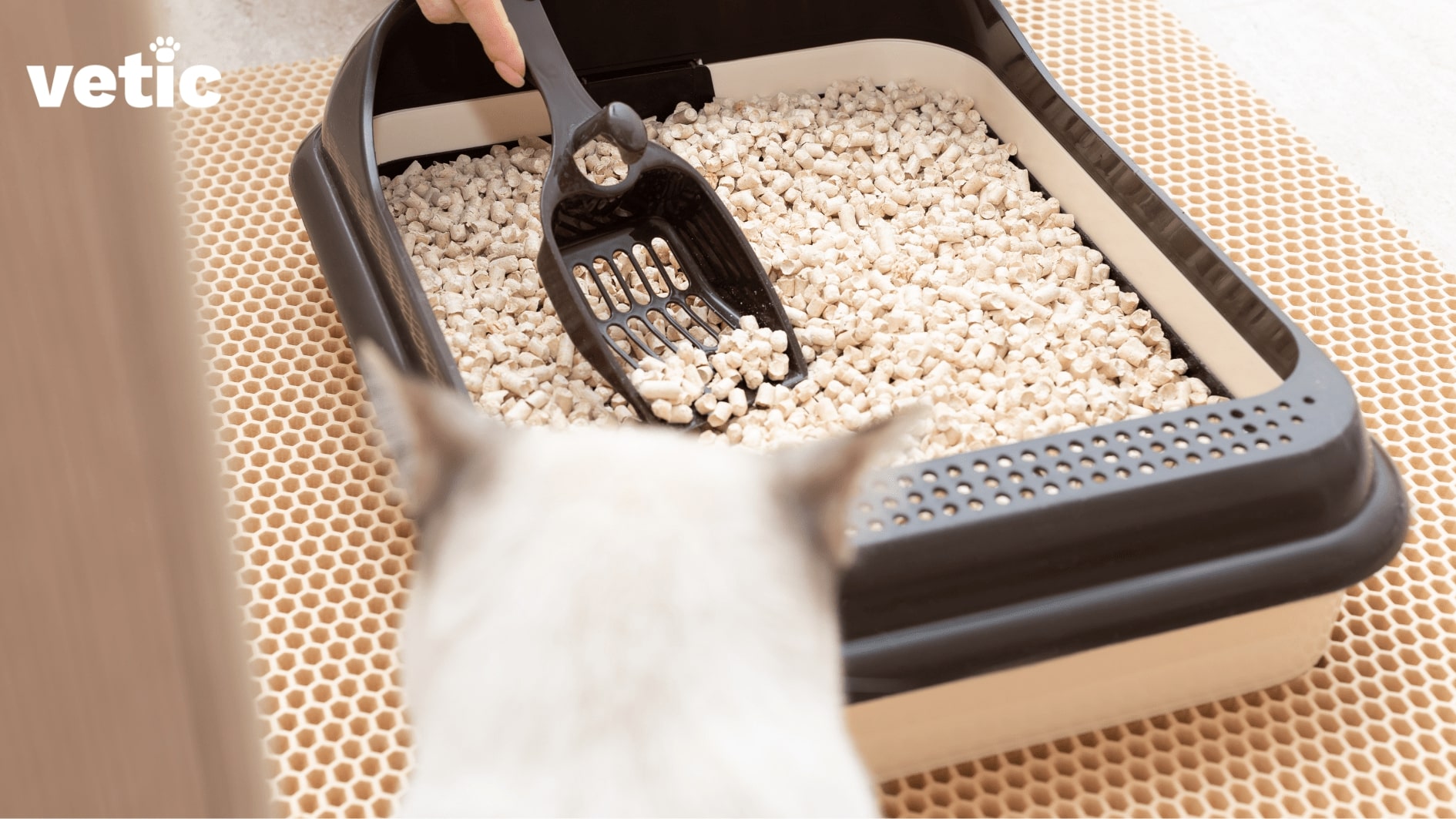
Now, that may not be possible for many cat owners with their busy schedules. So, begin by setting up two litter boxes side by side.
Every morning or night, scoop out the clumped litter along with your cat’s work of art. You do not need to throw out the unused litter every day.
Treat your cat’s “bathroom” the same way you treat yours.
What is the right choice of litter for my cat?
Several people prefer scented litter because they fear the house will smell terrible after their cats go do their business. The truth is – any good quality cat litter with clumping properties will absorb the smell of pee and poo instantly.
Cats have a very sharp sense of smell and you need to keep that in mind while choosing the cat litter brand and type. The safest choices include highly absorbent, clumping, bentonite litter without any added fragrances.
Anyway, if you are cleaning your cat’s litter box correctly, twice daily, you should not have to worry about the horror of cat poo smells.
How do I choose the right cat litter box?
The right style of the litter box will depend upon the size of your cat, their age, special health needs and litter box habits.
The most common choices of litter boxes include –
High-side uncovered litter boxes
The sides are typically around 5 inches high to prevent litter from flying everywhere after your kitty is done with their business. You can opt for extra large ones if your purry friend is also on the larger side. Besides, keeping a larger-sized open-top litter box allows your kitty to move freely and reduces the chances of accidents too!
One-side low litter boxes, uncovered
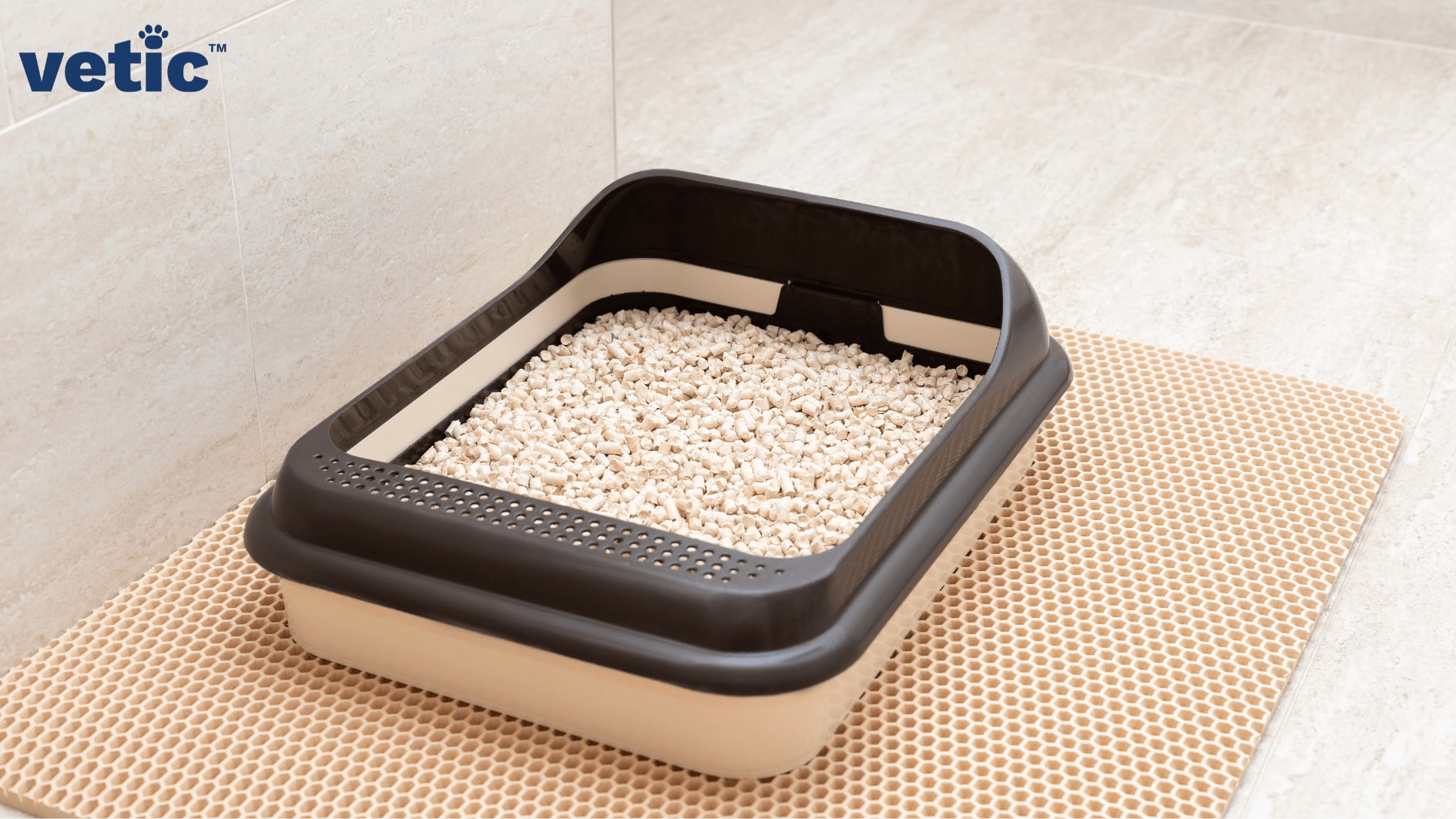
Low-side cat litter boxes are useful if you have a kitten or a cat with mobility issues. You cannot ask a kitten or an old cat with arthritis to jump over 5-inch high walls every time they have to pee. Accidents are very common in households that use high-side litter boxes for kittens and old cats.
Sifting litter boxes
They look like regular litter boxes but they have an additional sifter that sits above the bottom of the tray. You can shake the litter box from time to time so the clumped litter easily separates from the fresh granules that fall to the bottom. It makes separating and removing used litter from unused litter quite easy.
Covered litter boxes
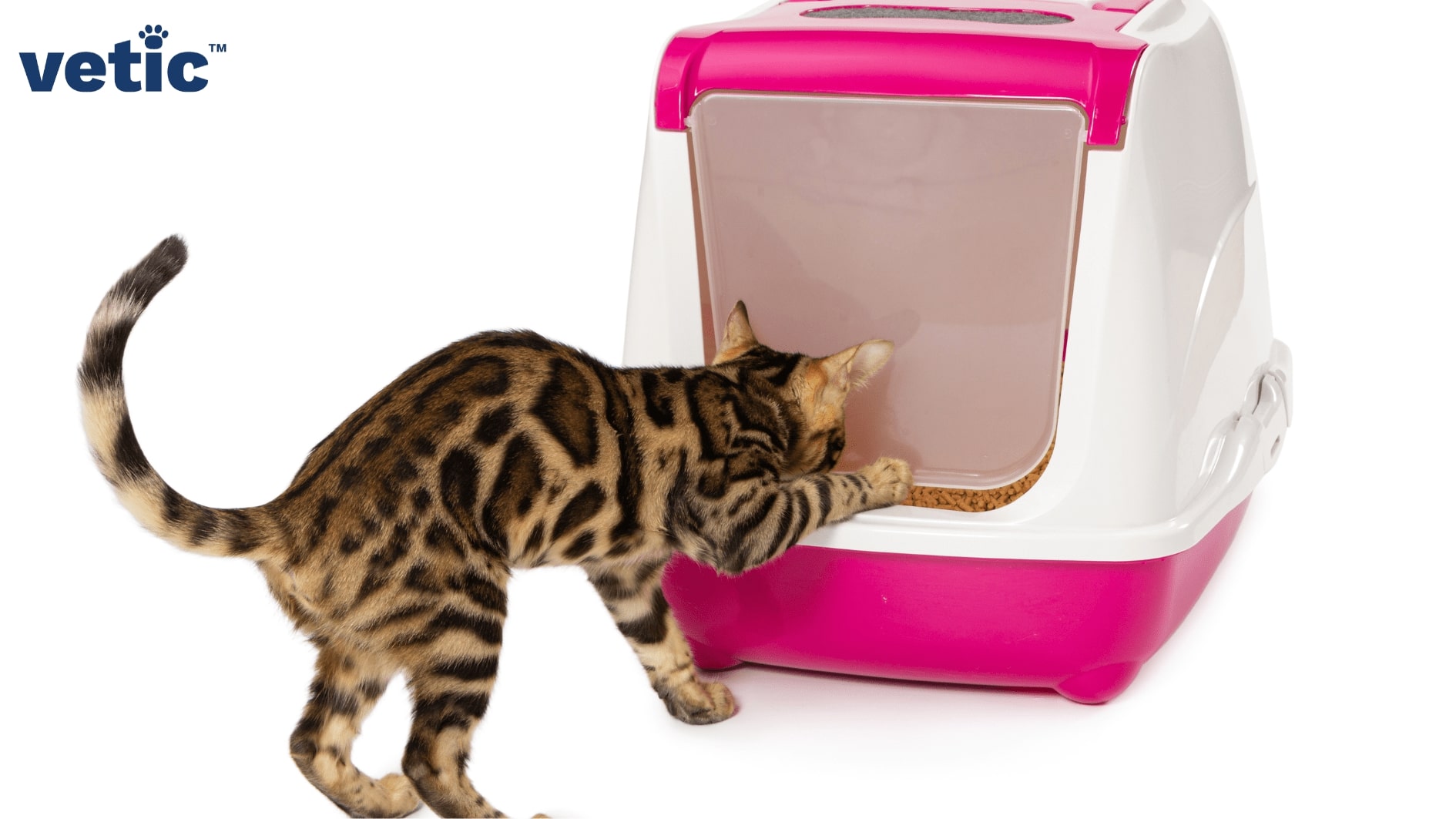
These look cosy and seem hygienic since litter can’t fly all around once your cat has finished using them. However, you need to think about the size and comfort of your cat before you buy one. The litter box should be at least 1.5 times the size of your cat.
Many cats do not like cramped spaces, so make sure it’s big and high enough for your cat to comfortably move around inside. Your cat shouldn’t feel trapped or cramped inside the litter box.
Check out the range of cat litter box furniture that enables the humans to disguise the litter box as a storage unit, but leave both sides open for easy access of the cat(s). They typically come with sliding doors in front just like a regular cupboard, so you can take the cat litter tray out and clean properly.
Automated, self-cleaning litter boxes
Okay! So, you may find it extremely convenient since you don’t have to scoop up poop every time your cat uses the litter box. It’s self-cleaning, for G’s sake! However, imagine sitting on the toilet and suddenly it begins rumbling, rotating and finally flushing by itself. You would be more than surprised, wouldn’t you?
So, why subject your cat to that shock? Allow them to do their business in peace. Most importantly, if they get too spooked by the noises and movements of their loo, they may stop using a litter box altogether.
Avoid self-cleaning litter boxes if your cat isn’t used to them. Automatic cat litter box may not be such a good idea for cats used to sifting litter boxes or the other regular ones.
Where do I place the litter box?
Always place the litter box in places where your cat can go easily. For example, if you place it in the bathroom ensure that you leave the door open for your cat. Avoid placing it inside closets and store rooms which only you can open.
Do not keep the litter tray on the roof if you live on the ground floor of a 3 storied house. If you live in a multi-storied house place at least one litter box for your cat on each floor.
Odour and hygiene won’t be an issue as long as you clean them daily. You can also use a litter box mat to restrict the spraying of litter across the floor.
How can I train a new kitten to use the cat litter box?
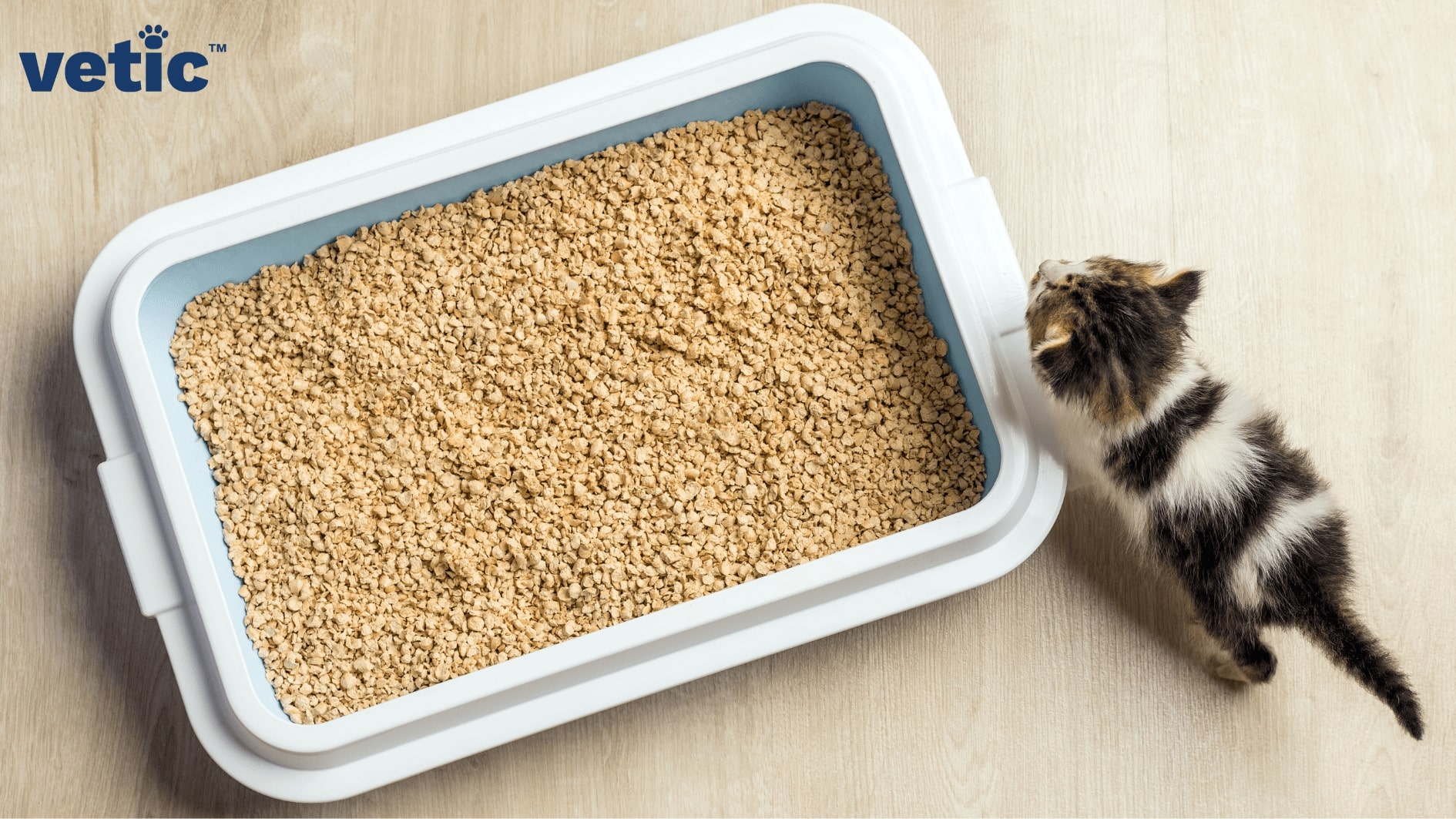
Kittens usually poo and pee after napping and eating. So it’s your duty to place your kitty in the litter box every time they wake up or finish a meal. If they give you the time, make scratching motions with your finger or their front paws in the clean litter. Do not keep the littler box(es) in hidden or difficult-to-access places. Show your kitten the location of each litter box in the house.
Why is my cat not using the litter box?
If your cat is already litter trained but right now refusing to use the litter box it can be because –
- You have moved the litter box to a new location
- You are using a different litter
- The box is not clean as per kitty standards
- The litter box is hard to reach
- There’s a new person or pet in the house
These are all behavioural issues and you can make positive changes in your cat’s litter habits by making a few alterations.
However, if there’s no external change that’s causing your cat to reject the litter box, there’s cause for concern.
Several cats stop using the litter box due to health issues.
Why is my cat peeing/pooping outside the litter box?
If your cat goes outside the litter box it means they want you to pay attention. Sometimes, they will experience discomfort and pain while urinating or defecating. That’s when they go right next to the litter box or in a place that can catch your attention easily.
In such cases, it’s time to book a vet appointment, get your cat’s complete blood profile done and go for imaging tests.
Pooping outside the litter box can indicate several issues including but not limited to urinary tract infection (UTI), kidney problems, thyroid issues and diabetes.
Why is my cat mewing loudly before using the litter box?
Your cat may mew loudly before urinating or defecating to either attract your attention or announce that they are experiencing pain. Either way, it’s safe to interpret it as, “Hooman, there’s something wrong!”
Any health issue that interferes with the peeing and pooping process can cause your cat to “yell” before going.
You may also want to look out for extra hard and dry poop. Constipation can not only cause your cat to mew loudly before pooping but also cause long-term health problems.
Why is my cat going to the litter box and scratching but not peeing?
Sadly, that indicates a serious issue. If your cat has been doing this for over 8 hours without peeing at all you should rush them to an emergency vet clinic where they have complete blood count, liver function test (LFT), kidney function test (KFT), and imaging tests.
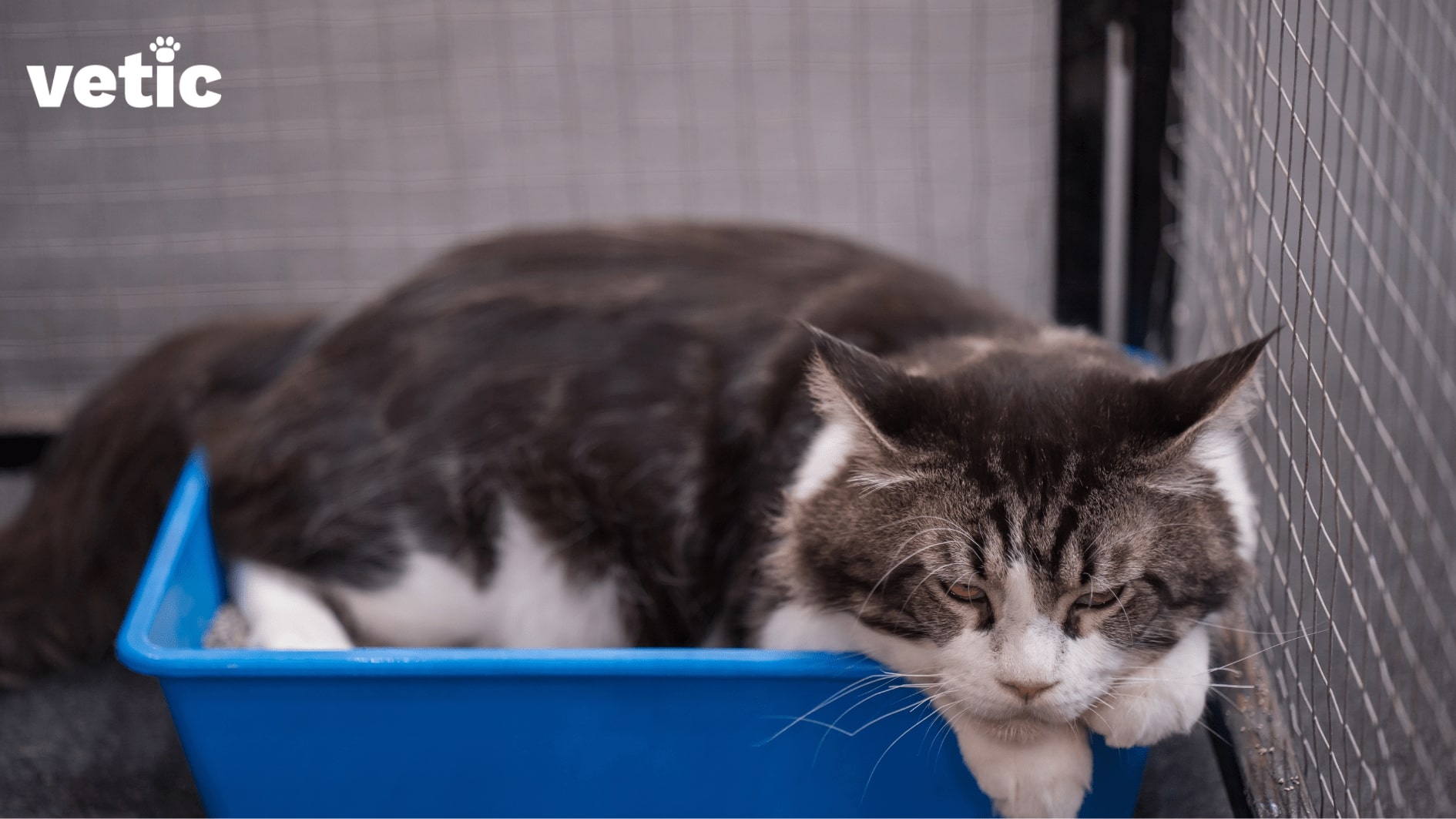
They may be experiencing a blockage in their urethra that’s preventing them from urinating. When detected at the right time, many issues that cause urine blockage can be treated and managed.
How do I manage the litter box in a multi-cat household?
In a multi-cat household, you should follow the n+1 litter box rule.
n refers to the number of cats in your home. So you need to keep at least one extra litter box. Do not increase the quantity of litter in each box but try to add at least one additional box on every floor.
So, if you have 2 cats, you should have at least 3 litter boxes on each floor of the house.
Can my cat get UTI from using a litter box?
Your cat can only get a UTI from the litter box if you are not cleaning the litter boxes properly.
Scoop your cat’s urine clump and faeces every day. Make sure they do not have to pee on their poop.
Change the entire cat litter at least once in 5 days.
Wash the tray with cat-friendly litter box cleaners. Avoid harsh soaps, floor cleaners, antiseptic solutions and sanitiser sprays to clean the litter box. Dry it properly after washing (if possible, keep it in the sun for a while).
My cat/kitten keeps peeing on the bed or sofa. How do I clean cat pee?
Cleaning cat pee is more difficult than most people believe.
Firstly, never use vinegar or ammonia-containing products. They will only enhance the smell and attract the cat to go in the same location again.
Here are 2 effective ways to clean cat pee
1. Using Detergent to Clean Cat Pee
One not-so-time-saving way to clean cat pee properly is by washing the area with any enzymatic detergent. However, you will have to soak the place for at least 10 minutes and then dry it too. That is quite impossible if the pee is on your mattress and sofa.
2. Using Cat Pee and Stain Remover on the Spots
The other smart solution is to go with the ready-to-use pee smell remover sprays and solutions. These are hard on the stain and smell but soft on your cat’s health. These pee stain and smell remover solutions do not harm the animals but they remove the smell within a jiffy!
You should always clean up if your cat poops or pees in the wrong places. Remove any pee smell from your furniture and furnishing as soon as you detect it. Cats have the habit of peeing in one place repeatedly if they find the pee smell. Using a specially formulated spray will discourage them from spraying or peeing on random surfaces.
Visit the nearest Vetic Pet Clinic to pick up your bottle of pee stain and smell remover solution today.
Wrapping this up
Cats are complex creatures and you cannot expect them to use a litter box naturally after you bring them home. Thankfully, most cats have the habit of scratching soft surfaces such as soil or sand before going and then burying.
It may sound funny, but if your kitty is friendly, you can try to make small scratching motions on the cat litter 3-4 times a day with their front paws. That is usually enough to help them overcome their fear of foreign materials (cat litter) and objects (cat litter box).
You should look for litter with low-dust, no scent and easy-access litter boxes. Use a shallower litter box for at least the first couple of months.
Use simpler, open-top litter boxes for the first 2 to 3 months even for adult cats. You can later try covered litter boxes and top-entry litter boxes by placing them beside the ones they are already used to.
If your cat is not using the litter box despite making changes to the litter quality, litter box type and position, you should speak to a veterinarian who’s experienced in cat behaviour. Speak to the senior veterinarians at Vetic today!
